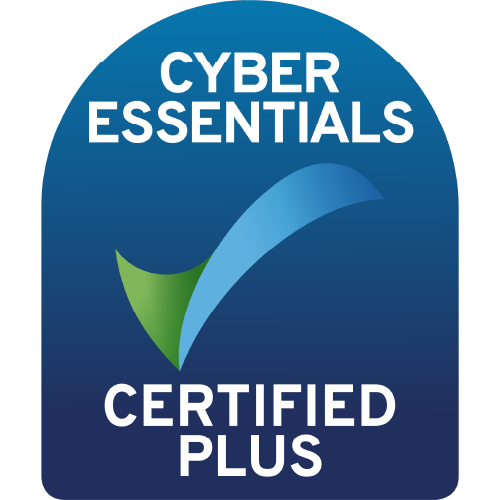It’s a common misconception, but broadband isn’t the same thing as internet; it’s just one of many choices when it comes to business connectivity.
There’s a long list of connection types including ADSL, fibre broadband, Ethernet First Mile (EFM) and direct internet access (AKA leased lines). To make things easier to understand, all business internet connections can generally be put into one of two categories.
These two categories are…
1. Broadband connections
2. Ethernet connections
We’re often asked what the differences of these two categories are, in particular “what is an Ethernet connection?”. The best way to describe it is by comparing FTTC (fibre to the cabinet), a type of broadband connection, with EoFTTC (Ethernet over fibre to the cabinet), a type of Ethernet connection.
That might sound confusing, but stay with us…
Ethernet vs Broadband – what’s the difference?
Because EoFTTC is an Ethernet connection, it offers businesses a range of extra benefits that broadband never will. It’s been designed for organisations who need an extremely reliable and guaranteed connection; one that never drops out and one that’s not affected by peak times or other nearby internet users.
Although EoFTTC does cost more than fibre broadband (FTTC), it’s significantly cheaper than other dedicated business Ethernet connections (like leased lines or Ethernet First Mile).
Is the additional cost worth upgrading from fibre broadband (FTTC)?
Why we think you should consider this move…
Here’s the thing. Fibre broadband is very much a consumer product by design. It’s a great way of increasing speed to households across the country. But much like if you had it installed in your house and something went wrong with your connection, it’ll only be fixed as and when an Openreach engineer is assigned to the problem – that could be more than a full week without any internet!
So if your business relies on the internet in any way, that’s clearly not acceptable. Especially if you’ve got business-dependent systems like e-commerce or any kind of booking system for example. The same can’t be said in any way for EoFTTC.
That’s the first benefit; all EoFTTC connections come with a stringent service level agreement (SLA), meaning if anything goes wrong you’ll definitely be up and running again within 7 hours, or else you’ll be able to start claiming compensation for your downtime.
Another problem with fibre broadband (and ADSL broadband – the one that’s not “superfast”) is that you’ll effectively share your internet connection with all the other businesses nearby who use the same cabinet (the green Openreach box that sits on streets in fibre-enabled areas). That means at certain times of the day (peak times) you’ll notice drops in bandwidth.
This isn’t the case with EoFTTC – the bandwidth is dedicated to your particular connection, meaning you’re not affected by peak times or any other businesses close by. On top of this, EoFTTC can be supplied as a fully-symmetrical connection, so you get the same upload and download speeds.
Why does your connection need to be symmetrical?
(i.e. why does your upload speed need to be the same as your download speed?)
This brings us back to what we said before about FTTC being a predominantly consumer service. Your home internet connection mainly needs to support downloading (for streaming TV shows, accessing emails, web browsing etc.), but uploading is much less common at home – it’s mainly used for something like Dropbox or backing-up files to OneDrive for example.
In a business setting uploading is a much more common occurrence, and as such a higher upload speed can make a huge difference to many business applications. Without going in to too much detail, better upload speeds (which are guaranteed with EoFTTC) will make significant improvements to the following:
• Cloud backup – faster backup of your data to an internet-based service.
• Sending large files.
• VoIP (such as MyHosted) – take advantage of cheaper calling with high-quality internet telephony.
• Improved collaboration – video and web conferencing is much more streamlined.
• Any other business cloud-based/hosted solutions.
Is it easy to upgrade to EoFTTC?
In a word, yes.
If you’re already using FTTC most of the physical infrastructure already exists, and you can be sure that you’re able to upgrade to EoFTTC.
If you haven’t got fibre broadband (FTTC) you’d need to contact us to find out if you can get EoFTTC, because it’s only available in fibre-enabled areas (the places that can get FTTC broadband).
Of all the Ethernet business internet connections, EoFTTC has the quickest install time; between 15 and 30 days.
What are the differences in cost?
EoFTTC pricing…
Because it’s a dedicated and reliable connection that’s backed up by Service Level Agreements, EoFTTC does cost more than FTTC – but it’s much more cost effective, especially for businesses who rely on internet connectivity. After all, how can you put a price on lost business caused by down time?
Get in touch with us for EoFTTC pricing information and to find out if you can upgrade today…





